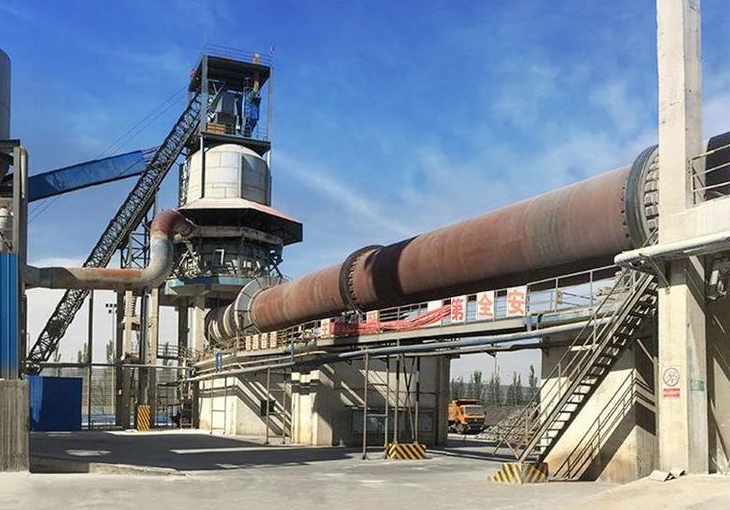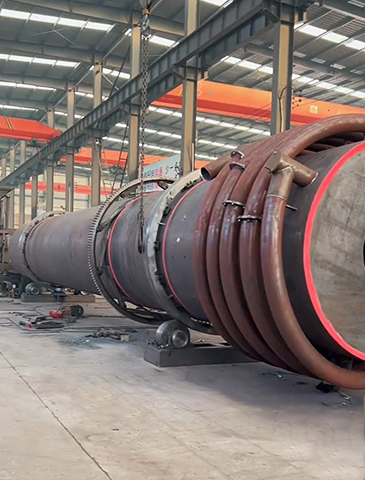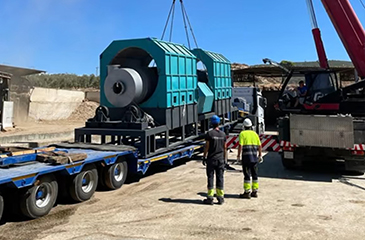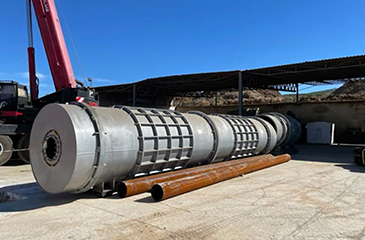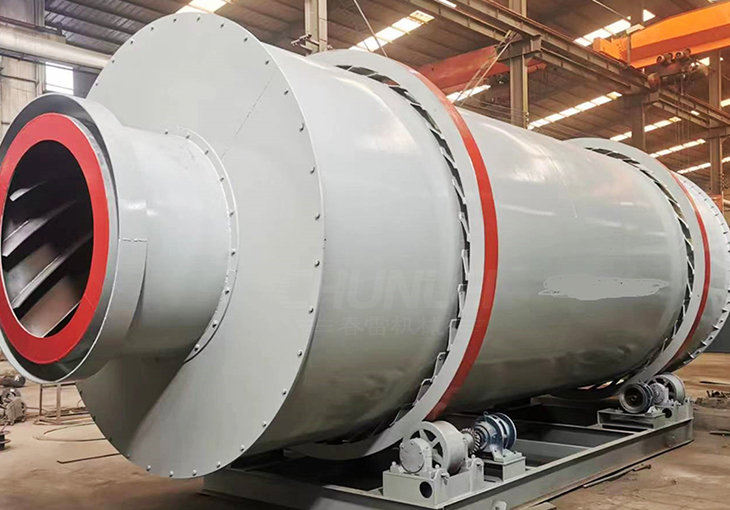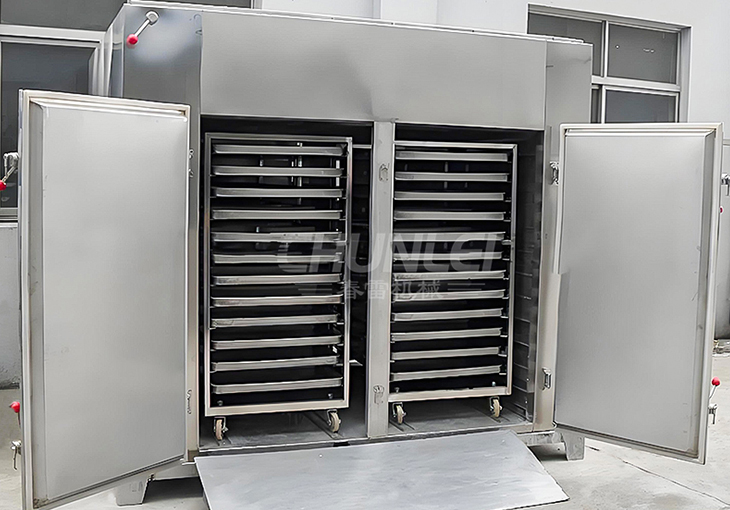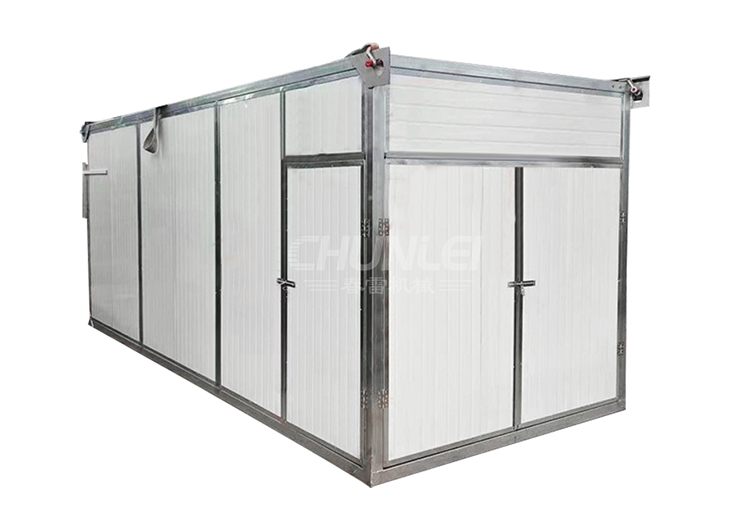Carbon Rotary Kiln For Sale
RECOMMENDED PRODUCTS
- View details
Three Drum Dryer
The three-cylinder dryer is mainly used for drying granular materials within a certain humidity range, such as dry mortar industry, various specifications of molding sand used in the casting industry, building materials and ceme…
- View details
Rotary Dryer
Dryer is mainly used to dry materials, at present, there are many kinds of dryer, dryer heat source from the combustion device, in the process of operation, its heating method is the flow heating. Performance characteristics …
- View details
Drying Box
The drying box adopts low noise, high temperature resistant axial fan and automatic temperature control system. The entire circulation system is completely closed, and the thermal efficiency is up to 50%. LTS design makes China’…
- View details
Drying Room
Electric heating drying room is an environmentally friendly and energy-saving drying equipment that uses clean hot air heating, simple and practical air supply and distribution, greatly improving drying efficiency and reducing e…
loading…
已经是到最后一篇内容了!
 Chunlei Rotary kiln
Chunlei Rotary kiln
